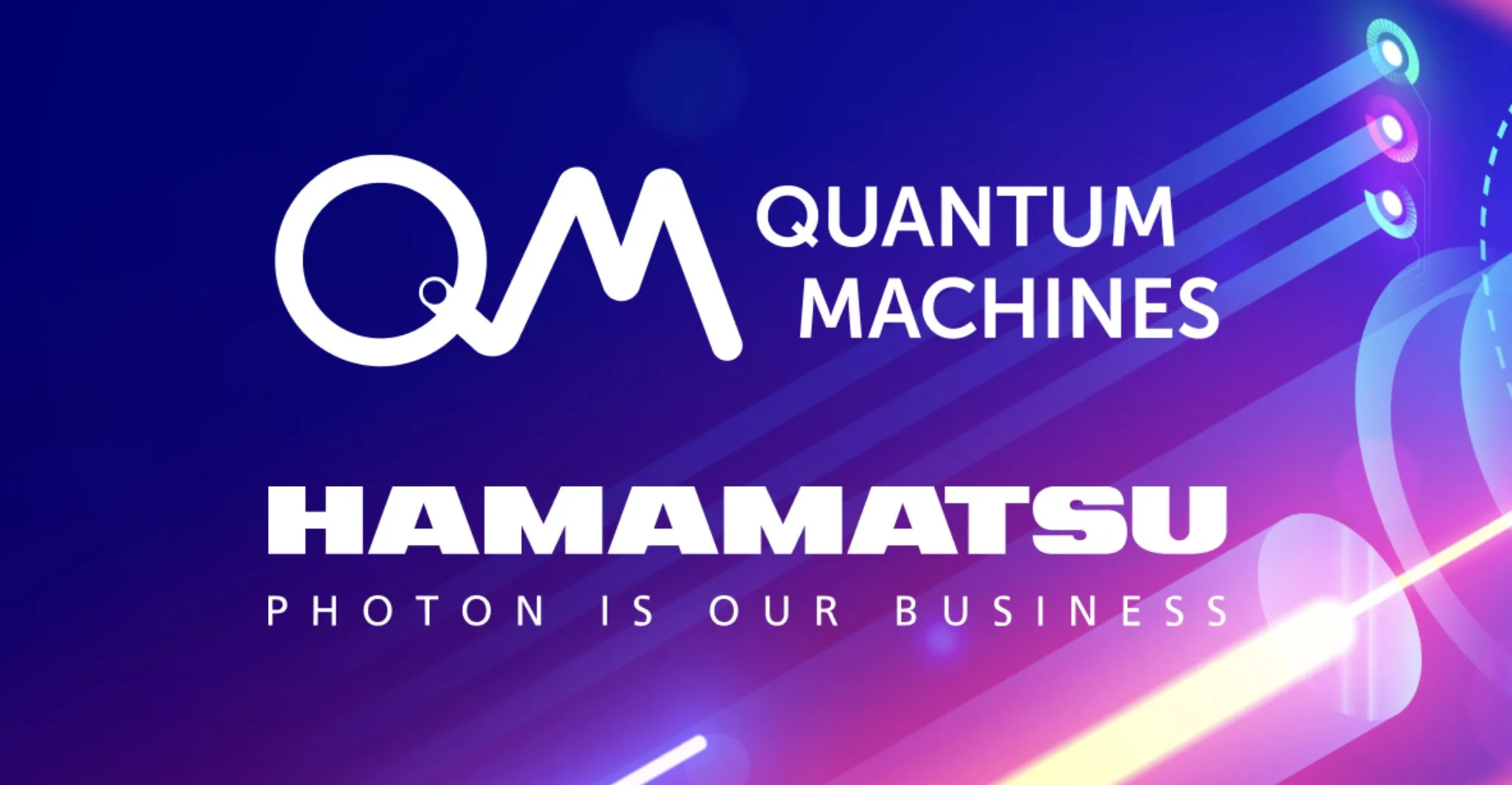Quantum Machines (QM) and Hamamatsu Photonics have teamed up to enhance quantum computing control. QM’s Observe, a high-speed camera interface, has been integrated with Hamamatsu’s ORCA-Quest camera, providing ultra-fast camera readout capabilities for cold atom and trapped-ion qubits. This collaboration aims to push the boundaries of quantum computation, communication, and sensing. The integration boosts speed and maintains flexibility, allowing researchers to interface with personal computers for additional image processing capabilities. Itamar Sivan, co-founder and CEO of Quantum Machines, and Tadashi Maruno, CEO of Hamamatsu Photonics, both expressed enthusiasm about the potential advancements in quantum computing from this collaboration.
Quantum Machines and Hamamatsu Photonics Collaborate for Quantum Computing Control Enhancement
Quantum Machines (QM), a company known for its processor-based quantum controllers, has announced a collaboration with Hamamatsu Photonics, a leading photonics company. The partnership aims to integrate QM’s advanced Observe with Hamamatsu’s high-speed ORCA® -Quest camera. This integration is expected to push the boundaries of quantum computation, communication, and sensing.
QM’s Observe is a high-speed camera interface with an image processor that complements the OPX quantum control suite. The combination of Observe and ORCA cameras provides ultra-fast camera readout capabilities for cold atom and trapped-ion qubits. The integration not only enhances the speed but also maintains flexibility, allowing researchers to interface with personal computers for additional image processing capabilities.
Key Features and Advantages of the Integration
The integration of QM’s Observe with Hamamatsu’s ORCA® -Quest camera offers several key advantages. Firstly, it achieves a market-leading image processing speed, offering quantum researchers unprecedented control over their experiments. Secondly, the integration with QM’s OPX facilitates effortless programming using the QUA language, ensuring feedback times below 100 µs, not including camera exposure and related delays. Lastly, the system’s reliability is evidenced by its adoption in prestigious laboratories and by leading quantum computing adopters globally.
Compatibility and Performance of the Integrated System
The integrated system supports Camera Link and CoaXPress interfaces and is compatible with leading quantitative CMOS (qCMOS) cameras such as Hamamatsu’s. The Hamamatsu ORCA-Quest offers enhanced scalability thanks to its smaller pixel size and higher resolution. This improvement allows for the utilization of more compact optical configurations while also increasing the number of detectable samples. The solution guarantees real-time, deterministic frame acquisition and image processing.
Impact of the Collaboration on Quantum Research
The collaboration between QM and Hamamatsu is expected to significantly enhance the precision and speed of quantum measurements. According to Itamar Sivan, co-founder and CEO of Quantum Machines, this synergy between their technologies paves the way for advancements in quantum computing, bringing us closer to realizing its full potential. Tadashi Maruno, Representative Director, President and Chief Executive Officer of Hamamatsu Photonics, also expressed enthusiasm about the potential of photonics in the quantum world and the accelerated development of their camera systems optimized for quantum computing.
About Hamamatsu’s ORCA-Quest and Quantum Machines OPX
The ORCA-Quest camera is designed to excel in low-light conditions, providing high-quality images and reliable data through its exceptionally low read noise at effective row readout times of 3.6 microseconds. This feature is especially critical when detecting minimal photon emissions, ensuring no detail is lost in the noise.
On the other hand, the OPX family of processor-based quantum controllers stands out for its comprehensive control capabilities, specifically tailored for scaling quantum computing to 1,000 qubits and beyond. It supports the most complex quantum programs across various quantum systems, thanks to its user-friendly programming and swift execution.
External Link: Click Here For More

